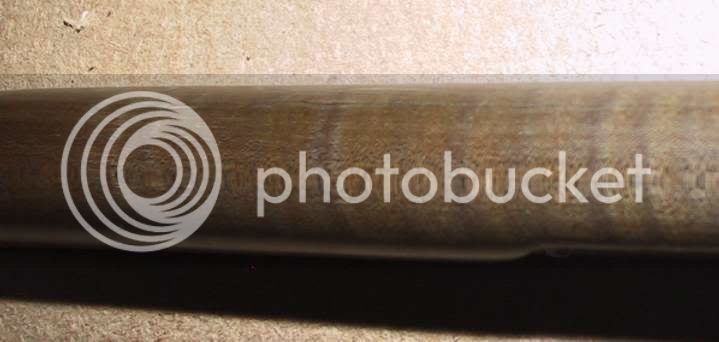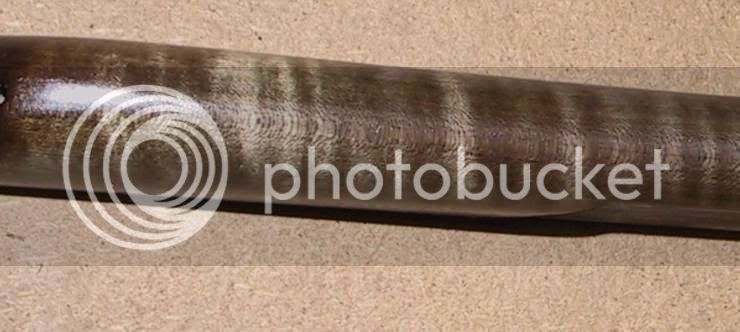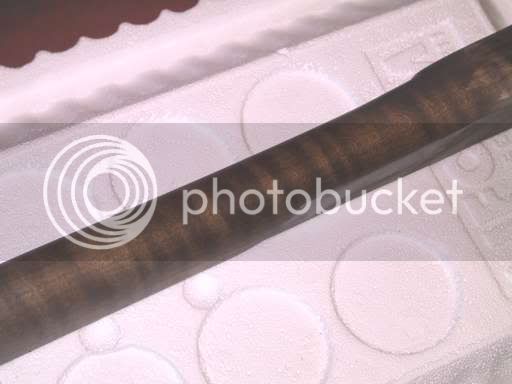I have been scraping down a nice peice if scrap every day and finishing it with the vinegar stain to track how it works and how long it takes to get good results.
In the beginning, it would turn maple gray. It now produces a pretty nice soft brown with some gray highlights in the curl here and there. It pops the curl very well. 5 coats of vinegar and two coats of oil produce a beautiful show quality finish. It is still too soft a brown for my tastes, but it gets better every day. My batch needs a touch of red that it does not have. If you add a touch of Walnut oil stain into the clear oil finish, the warm honey tone over the soft brown of the vinegar produces a stunning finish. I can sand this down, apply five coats of vinegar, two coats of oil, and produce the same stunning results every time. Anyone with time should play with this stuff for a while just to see. I would post pics but my camera seems to have trouble picking up in the curl.
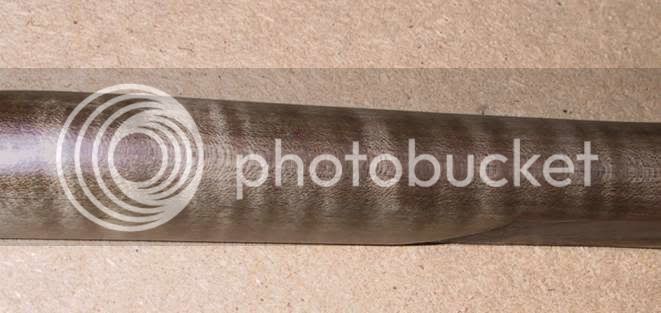
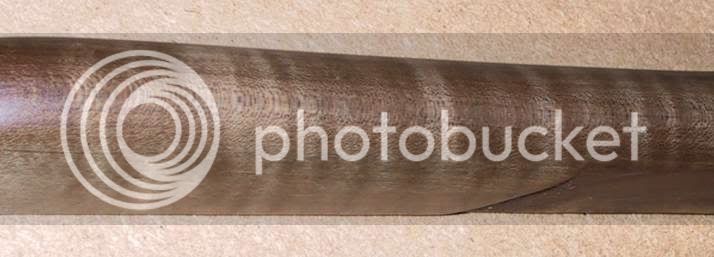
I have to figure out how to get good pictures of curl in wood yet!
In the beginning, it would turn maple gray. It now produces a pretty nice soft brown with some gray highlights in the curl here and there. It pops the curl very well. 5 coats of vinegar and two coats of oil produce a beautiful show quality finish. It is still too soft a brown for my tastes, but it gets better every day. My batch needs a touch of red that it does not have. If you add a touch of Walnut oil stain into the clear oil finish, the warm honey tone over the soft brown of the vinegar produces a stunning finish. I can sand this down, apply five coats of vinegar, two coats of oil, and produce the same stunning results every time. Anyone with time should play with this stuff for a while just to see. I would post pics but my camera seems to have trouble picking up in the curl.


I have to figure out how to get good pictures of curl in wood yet!





